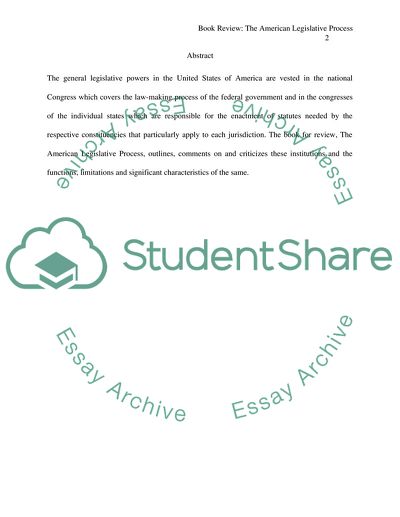Cite this document
(The American Legislative Process Dissertation Example | Topics and Well Written Essays - 3000 words, n.d.)
The American Legislative Process Dissertation Example | Topics and Well Written Essays - 3000 words. Retrieved from https://studentshare.org/law/1729944-book-report-the-american-legislative-process-congress-and-the-states
The American Legislative Process Dissertation Example | Topics and Well Written Essays - 3000 words. Retrieved from https://studentshare.org/law/1729944-book-report-the-american-legislative-process-congress-and-the-states
(The American Legislative Process Dissertation Example | Topics and Well Written Essays - 3000 Words)
The American Legislative Process Dissertation Example | Topics and Well Written Essays - 3000 Words. https://studentshare.org/law/1729944-book-report-the-american-legislative-process-congress-and-the-states.
The American Legislative Process Dissertation Example | Topics and Well Written Essays - 3000 Words. https://studentshare.org/law/1729944-book-report-the-american-legislative-process-congress-and-the-states.
“The American Legislative Process Dissertation Example | Topics and Well Written Essays - 3000 Words”, n.d. https://studentshare.org/law/1729944-book-report-the-american-legislative-process-congress-and-the-states.


